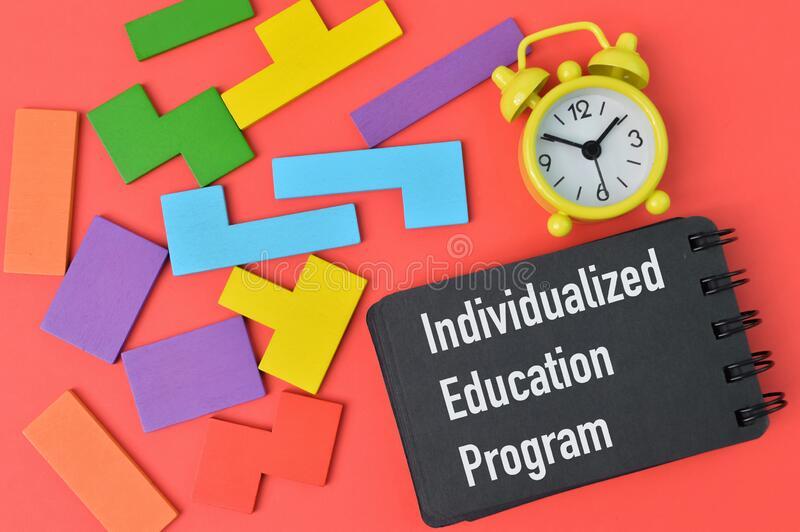Insight into the IEP Process

An IEP, or Individualized Education Plan, is a document that outlines important components of a child’s education. It is important to stress that this is individualized and should be tailored to each student based on their needs and goals.
The IEP should include information about the child’s special education plan, services needed to meet the outlined goals, and a way to track progress. Creating an IEP is a process that involves various individuals in the student’s life: parents or guardians, teachers, therapists from services the child receives, a representative, and, if appropriate, the student. Parents have the right to participate in the IEP process as much as any other individual and to voice their goals or suggestions. An IEP should include the setting in which services will be provided, address academic and non-academic goals, a statement of goals for the next 12 months, descriptions of all services they will be receiving, and transitioning planning for students 16 years of age or older.
Here are some tips for parents when preparing for an IEP meeting:
- Write a list of issues that are important to you
- Prepare your own questions and items to address
- Request that the school gives you copies of evaluations & proposed goals before the meeting
- Review list of IEP meeting participants to ensure the necessary people will be there
- Talk to other parents who have gone through the IEP process
- Know your child and advocate for what they need to succeed and what their strengths are
The IEP process can be stressful, lean on individuals you trust to help answer questions and navigate the process.
Learn more about the IEP process at the following links:
